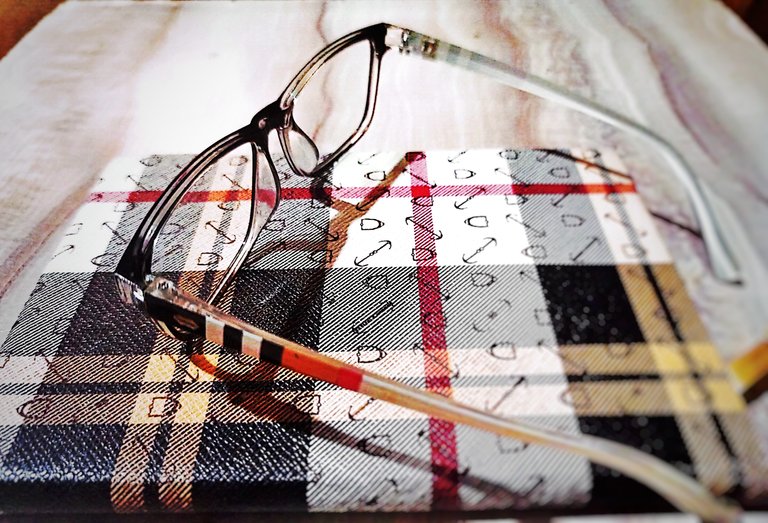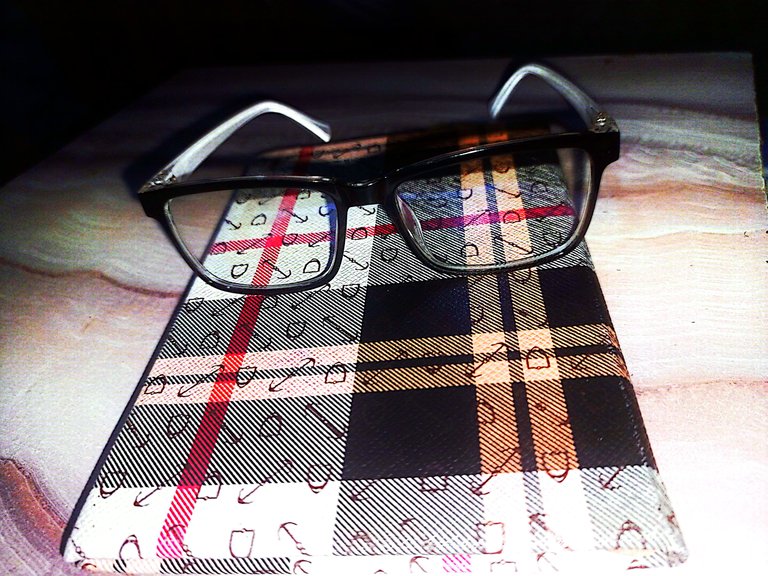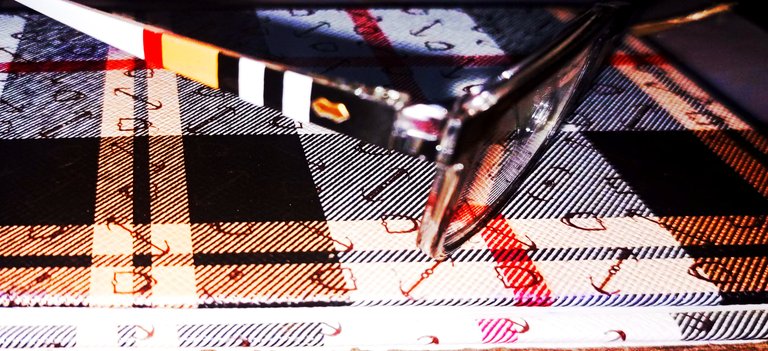Education and Corrective Lenses: An History through transformation
Real-Life Impact
I used to know a bright student, her name was Ayo (this name means Joy in English). she was a classmate of mine who struggled in school because she couldn’t see the board clearly. It funny how both we and the teachers back then knew this but we hardly saw it as a big deal. Her grades basically suffered, and most times she felt left out. Then one day, good will shined upon her, courtesy of a new teacher.
This teacher, God sent, or how else would you describe it was able to give her parents a call all thanks to the class register and recommended that she be seen by an optometrist as soon as possible, after noticing her predicament. After a trip to the eye doctor as recommended by the teacher, Ayo got her first pair of glasses. Her world changed. She could see the board, read her textbooks without squinting, and her grades improved dramatically.
Now, Ayo’s story is nothing but a testament to how something as simple as a pair of glasses can transform a student’s educational experience.

Now Imagine trying to read your favorite book or the classroom blackboard through a fogged-up window. Frustrating, right? That’s what life was for Ayo and for people with poor vision before the invention of corrective lenses.
Back in the day, before glasses were invented, people with poor vision had a tough time. Scholars and monks, who spent their days reading and writing, often struggled to see clearly. Imagine trying to copy a manuscript by candlelight while everything looks blurry. Not easy!
The Lens through History
The first recorded use of corrective lenses dates back to the 13th century. These early spectacles were simple convex lenses that helped people with farsightedness (hyperopia) see better. Monks and scholars were among the first to use these “reading stones,” which were basically magnifying glasses for reading.
Fast forward a few centuries, spectacles became more sophisticated. In the late 13th century, Italian craftsmen began making glasses with frames that could be worn on the face. These early glasses didn’t have side arms, so basically they sat precariously on the nose. Imagine constantly adjusting your glasses to keep them from falling off!
Now, despite their flaws, these early spectacles were a game-changer. For the first time, people with poor vision could read, write, and learn more effectively. This was a huge step forward in education. Suddenly, knowledge wasn’t limited to those with perfect eyesight.
Education for Everyone

As time went on, glasses became more widely available and affordable. By the 17th and 18th centuries, advancements in lens-making made glasses more effective and comfortable. Benjamin Franklin even invented bifocals in the 1780s, allowing people to see both near and far with the same pair of glasses. Talk about innovation!
With glasses more accessible, education took a giant leap forward. Students who struggled to see the blackboard or read their textbooks could now learn alongside their peers. Teachers didn’t have to repeat themselves as much, and students were more engaged. Education became more inclusive, leveling the playing field for everyone.
Then ushering in of the 20th century, where the world of corrective lenses saw even more exciting developments. Contact lenses were introduced, offering an alternative to traditional glasses. These tiny, curved lenses fit directly on the eye, providing clear vision without the need for frames. Contacts were a boon for athletes and anyone who found glasses cumbersome.
Today, we also get to have advanced options like transition lenses that darken in sunlight and blue light filtering lenses that reduce eye strain from screens. The variety and sophistication of modern corrective lenses mean that nearly everyone can find a solution that works for them.
The not-so-bright side
You see, Anyone who wears glasses knows they can sometimes be a hassle. Ever tried looking for your glasses without your glasses? especially if you 100% need them to see clearly and let’s not forget the classic foggy lenses when you step outside in winter . That can be frustrating
Contacts are certainly not left out, they have their own set of hassle too. Remembering not to rub your eyes, the occasional lost lens, or the tricky maneuver of putting them in and taking them out. All could certainly count as the few not so bright side of wearing corrective lenses.
Conclusion
All in all, corrective lenses have truly transformed education and made learning easier for millions of people. From the early days of reading stones and precarious spectacles to today’s high-tech glasses and contact lenses, the journey has been remarkable. Yeah, these simple, basic, yet powerful tools have opened up a world of knowledge, allowing people to see clearly and learn effectively.
So, next time you put on your glasses or pop in your contacts, take a moment to appreciate how far we’ve come. Clear as we have come to know it isn’t just about seeing better; it’s about opening doors to education, opportunities, and a brighter future. And remember, whether you’re a glasses wearer or not, the world is a clearer, brighter place when we can all see and learn together.

All in all, corrective lenses have truly transformed education and made learning easier for millions of people. From the early days of reading stones and precarious spectacles to today’s high-tech glasses and contact lenses, the journey has been remarkable. These simple yet powerful tools have opened up a world of knowledge, allowing people to see clearly and learn effectively.
So, next time you put on your glasses or pop in your contacts, take a moment to appreciate how far we’ve come. Clear vision isn’t just about seeing better; it’s about opening doors to education, opportunities, and a brighter future. And remember, whether you’re a glasses wearer or not, the world is a clearer, brighter place when we can all see and learn together.
References / Resources Consulted
https://now.northropgrumman.com/the-history-of-corrective-lenses
https://redmondeyedoctors.com/the-history-of-corrective-lenses/
https://hankeringforhistory.com/a-history-of-corrective-lenses/
Credit
- All images are mine, taken on Tecno Camon 19
My vision problems started at school , lots of headaches… luckly i started to use glasses solved my life
I hear a lot of stories like yours. The lives those lenses have changed is so much underated.
Thanks for your contribution to the STEMsocial community. Feel free to join us on discord to get to know the rest of us!
Please consider delegating to the @stemsocial account (85% of the curation rewards are returned).
You may also include @stemsocial as a beneficiary of the rewards of this post to get a stronger support.
Congratulations @sam9999! You have completed the following achievement on the Hive blockchain And have been rewarded with New badge(s)
Your next target is to reach 56000 upvotes.
You can view your badges on your board and compare yourself to others in the Ranking
If you no longer want to receive notifications, reply to this comment with the word
STOPCheck out our last posts:
I have seen a lot of students and people with vision problem. This is a very good history. Now I know it better now !!